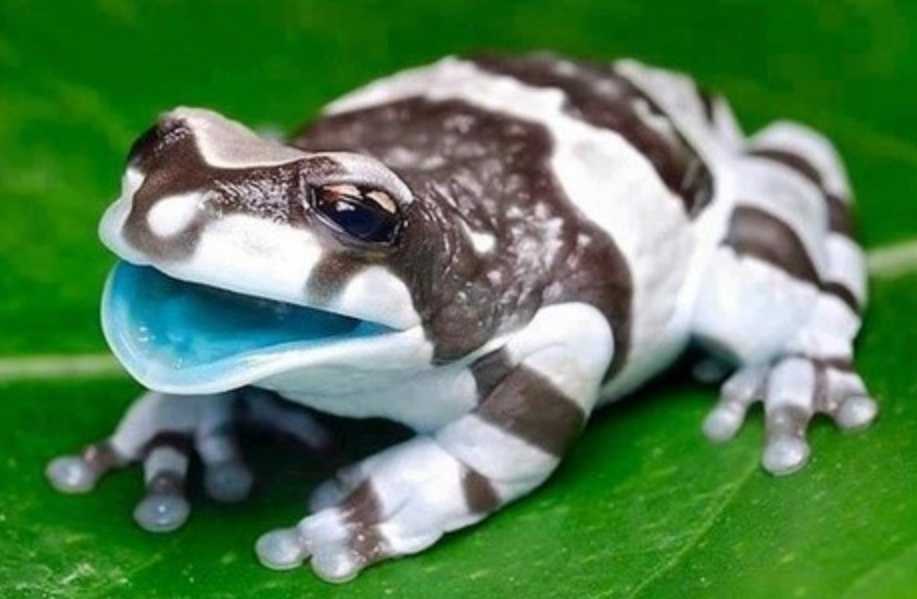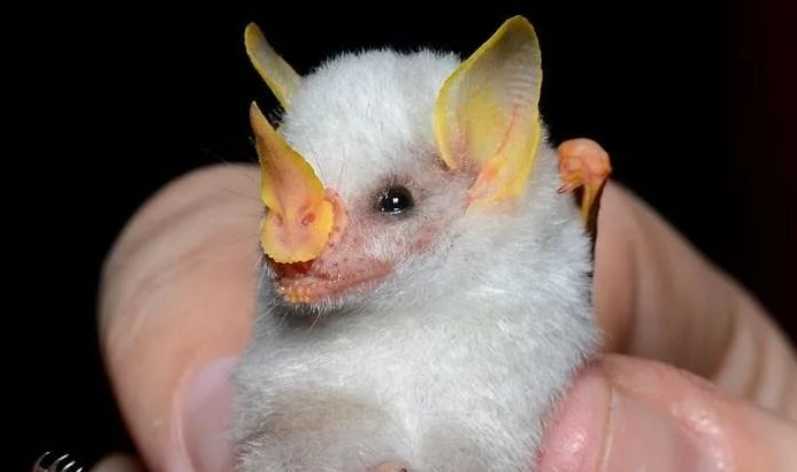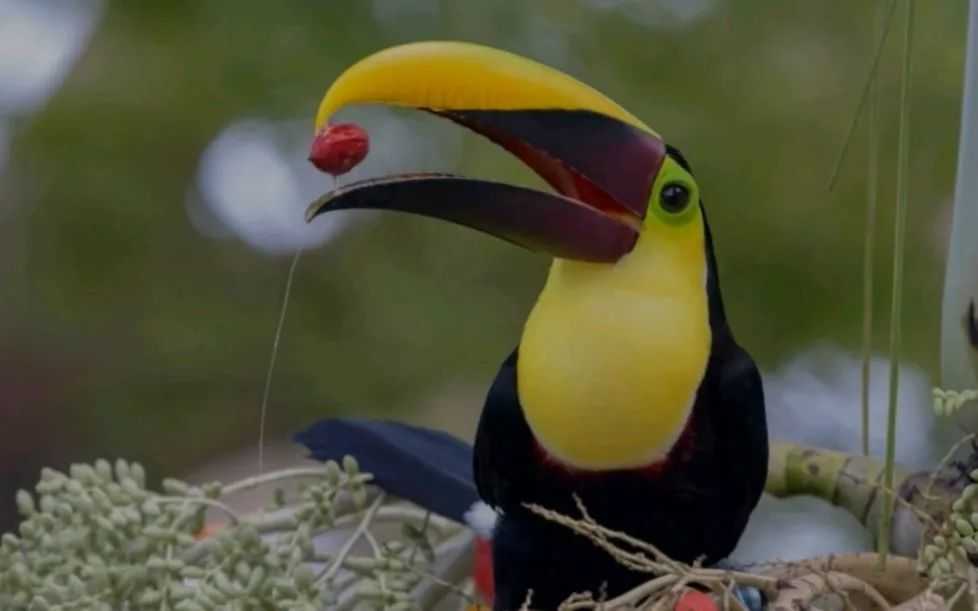The Amazon Milk Tree Frog: Nature’s Vibrant Green Amphibian with a Milky DefenseNative to the rainforests of northern South America, the Amazon milk tree frog (Trachycephalus resinifictrix) is a striking amphibian renowned for its vivid coloration and unique defensive adaptation. Found in the canopy of tropical forests from Venezuela to Brazil, this arboreal frog has captivated herpetologists with its bold appearance and the milky-white toxin it secretes when threatened.
June 23, 2025, 12:02 pm EDT
A Canopy Dweller with Eye-Catching Traits
Life Cycle and Rainforest Role
Conservation and Cultural Notes










